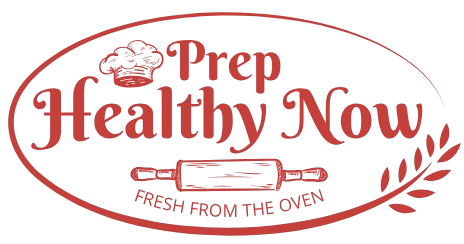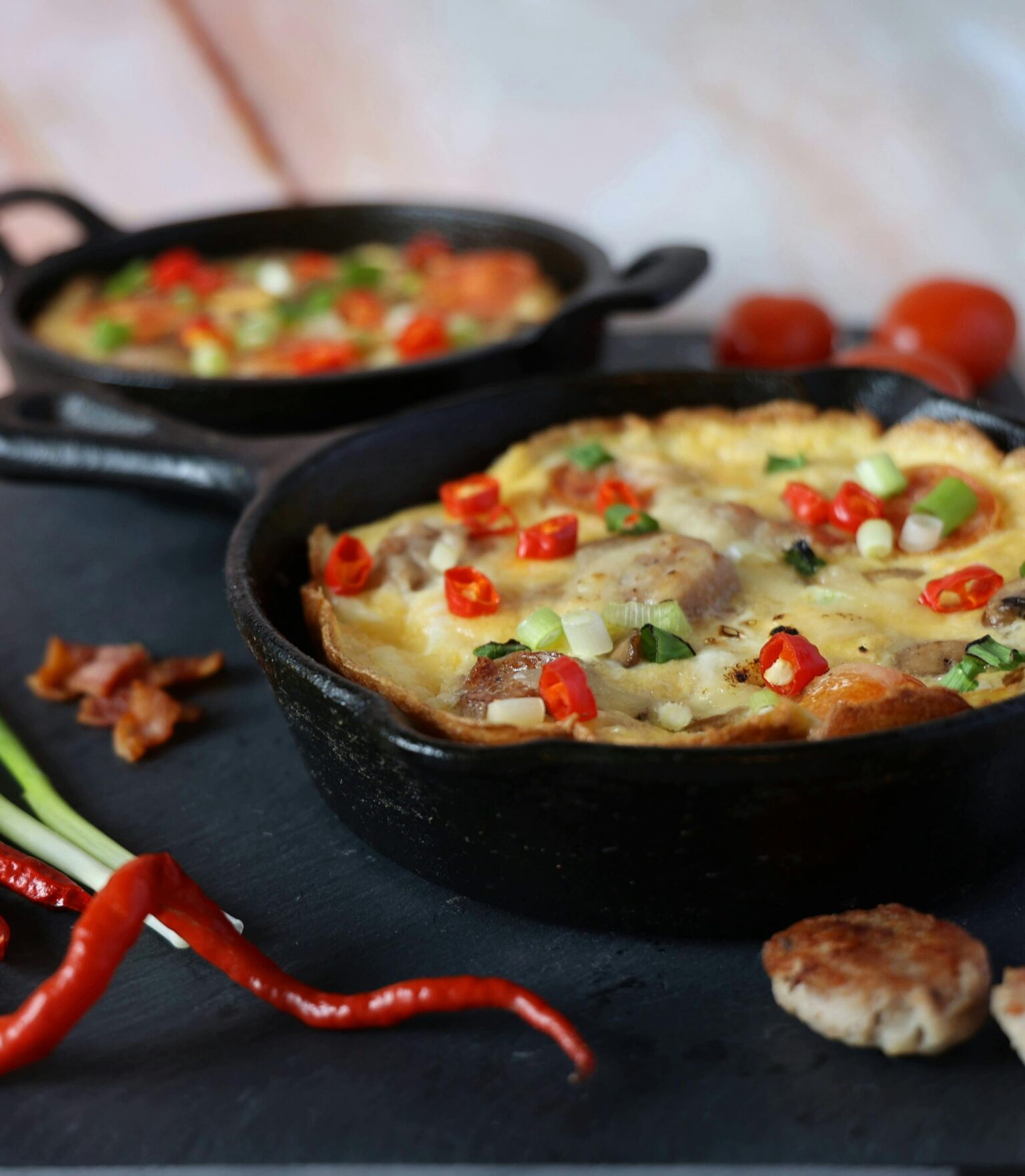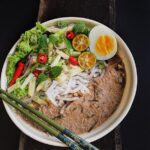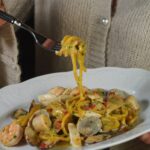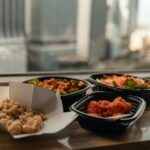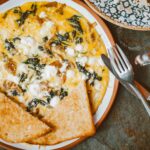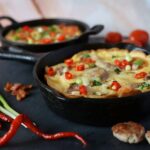Good recipes have visual appeal, are optimized for various dietary needs, and have ingredients that are prioritized for flavor and nutrition. The most important elements of a recipe should have more visual appeal to “naturally attract” a cook’s attention.
Creamy Garlic Chicken with Spinach and Mushrooms over Mashed Potatoes
Equipment
- 1 Large skillet or sauté pan
- 1 Medium saucepan (for mashed potatoes)
- 1 Potato masher
- 1 Wooden spoon or silicone spatula
- 1 Chef’s knife
- 1 Cutting Board
- 1 Measuring cups and spoons
- 1 Colander (for draining potatoes)
Ingredients
For the Chicken
- 4 boneless, skinless chicken breasts
- 1 Salt and pepper to taste
- 1 tbsp garlic powder
- 1 tbsp olive oil
- 1 tbsp butter
For the Sauce
- 3 cloves garlic, minced
- 1 cup sliced mushrooms
- 2 cups fresh spinach
- 1 cup heavy cream
- 1/2 cup chicken broth
- 1/4 cup grated Parmesan cheese
- Salt and pepper to taste
For the Mashed Potatoes
- 4 medium potatoes, peeled and diced
- 2 tbsp butter
- 1/4 cup milk
- Salt to taste
Instructions
Prepare the Mashed Potatoes
- Bring a pot of salted water to boil. Add the diced potatoes and cook until fork tender (about 15 minutes).
- Drain, mash, and mix with butter, milk, and salt. Set aside.
Cook the Chicken
- Season chicken breasts with salt, pepper, and garlic powder. Heat olive oil and butter in a large skillet over medium heat.
- Sear the chicken on both sides until golden and cooked through (about 6–7 minutes per side). Remove and set aside
Make the Sauce
- In the same skillet, add minced garlic and cook for 30 seconds. Add mushrooms and sauté until soft.
- Pour in chicken broth and cream, stirring constantly. Add spinach and cook until wilted. Stir in Parmesan cheese and season with salt and pepper.
Combine
- Return the chicken to the skillet and spoon the sauce over the top. Let it simmer for 2–3 minutes.
Serve
- Plate the mashed potatoes and top with the creamy garlic chicken and sauce. Serve hot.
Notes
- Chicken substitute: You can use boneless chicken thighs for a juicier alternative. Just adjust cooking time as needed.
- Dairy-free option: Swap the heavy cream for full-fat coconut milk and use a dairy-free butter substitute for mashed potatoes.
- Make it ahead: The mashed potatoes and sauce can be prepared in advance and reheated before serving.
- Add extra flavor: A dash of white wine added before the cream gives a deeper flavor to the sauce.
- Vegetarian version: Replace chicken with pan-fried tofu or sautéed chickpeas for a satisfying vegetarian meal.
A good recipe should be easy to follow
Not all recipes are created equal. Some recipes are simple, logical, and easy to use. Others are a messy hodgepodge of steps and ingredients.
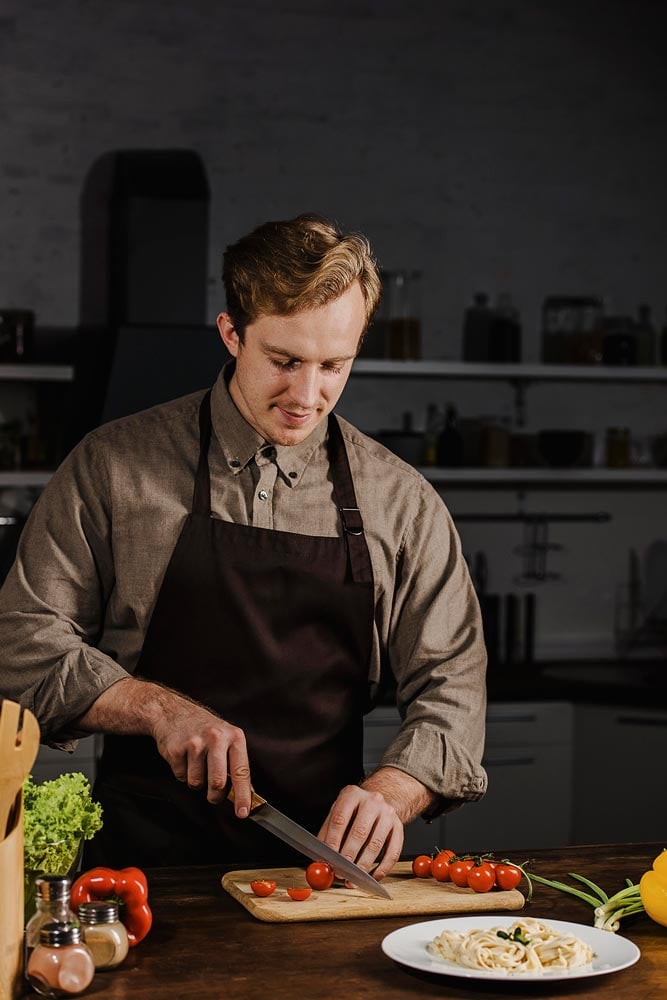
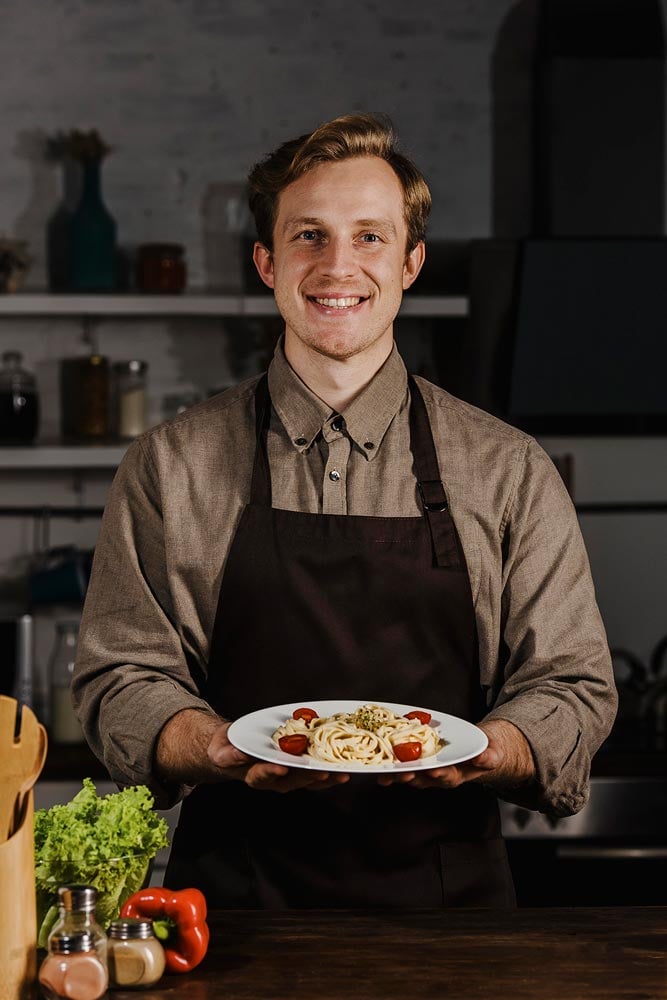
Without clear instructions, your cooks can’t figure out how to prepare your dish, follow your techniques, or understand your cooking tips and tricks.
Recipe clarity allows cooks to follow from one step to another without frustration. If you’ve done your job well, cooks leave your recipe with the intention to return and might even share your recipe with others or try more of your recipes.
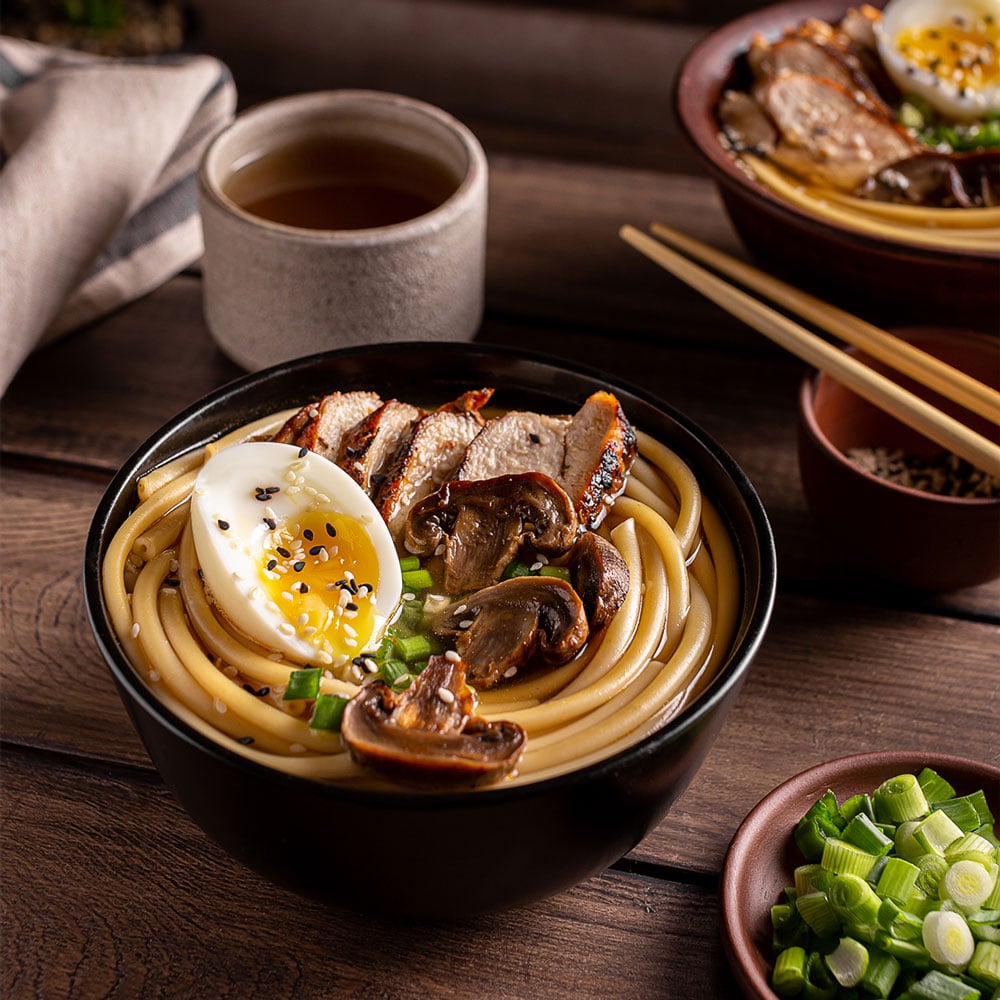
Bad recipe instructions are an especially common problem. We’ve all struggled to follow disorganized recipes without any logical structure. It feels hopeless.
Using “complex cooking techniques”. Because a recipe generally carries a lot of steps, complex techniques result in low success rates and “frustration” for cooks, especially those who are beginners.
Creating visual rhythms in your recipes
In cooking, rhythm is created by simply repeating steps in predictable patterns. This repetition is a natural thing that occurs everywhere in our world. As people, we are driven every day by predictable, timed events.
One of the best ways to use repetition and rhythm in recipes is in the preparation steps. A consistent, easy-to-follow pattern—in ingredients, steps, etc.—gives cooks an intuitive roadmap to everything you want to share in your recipe.
Rhythm also factors into the layout of recipes. For example, you “might have” breakfast recipes, dessert recipes, and dinner recipes each follow their own certain layout pattern.
Elements that can help recipe visual appeal
Nobody enjoys looking at an ugly recipe page. Garish colors, cluttered images, and distracting fonts can all turn cooks “off” and send them looking “somewhere else”. Basic composition rules to create more effective recipes:
The size and position of elements in a recipe will determine its appeal. An unbalanced recipe generates confusion, which may be the goal in many creative projects, but for recipes that demand repeated use, confusion is not a desirable trait.
Diving into recipe presentation
Recipe and Presentation: Two terms that are often used interchangeably, but actually mean very different things. So what exactly is the difference?
Recipe design refers to the term “structure and steps of cooking”, while presentation stands for “final plating and serving”. Both elements are crucial to a dish and work closely together. But despite their relationship, the roles themselves are quite different.
Styles come and go. Good taste is a language, not a style.
Massimo Vignelli
Ensure that ingredients are easy to identify
Good recipe design guides the cook by communicating purpose and priority. For that reason, every part of the recipe should be based on an “informed decision” rather than an arbitrary result of personal taste or the current trend.
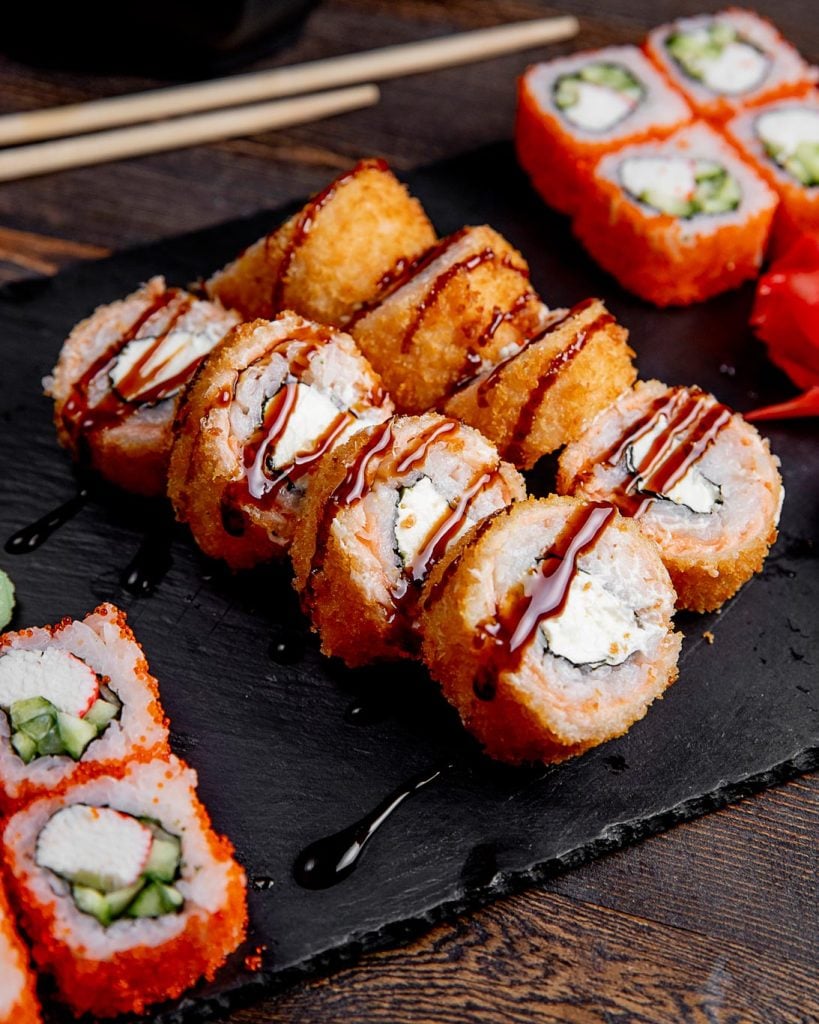
Provide distinct styles for ingredient listings, such as bold text for main ingredients, to make them easy to identify. For example, “highlight the main ingredients” in the steps, “emphasize cooking techniques”, and “note any special equipment”.
Breaking down the barriers
Good recipes are not the end-all solution to all of the world’s culinary problems — but with the right thinking and application, they can definitely be a good beginning to start tackling them.
